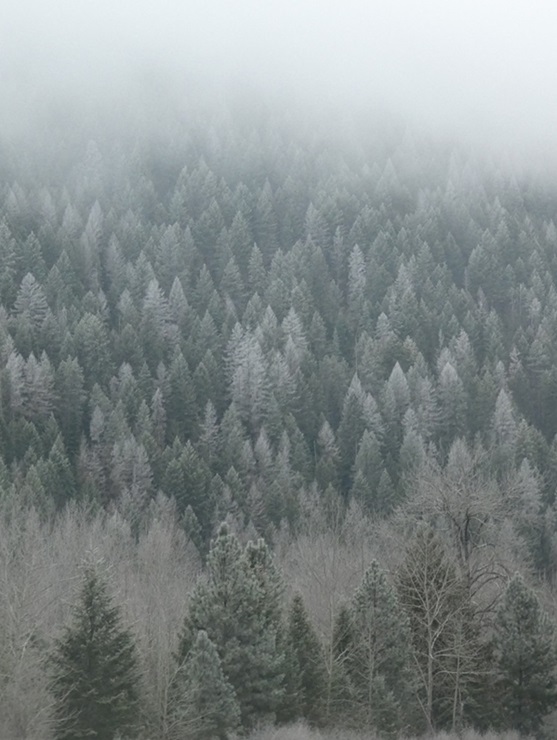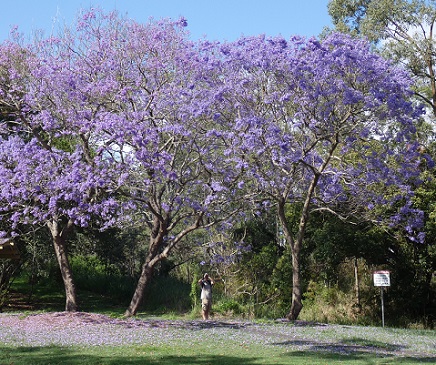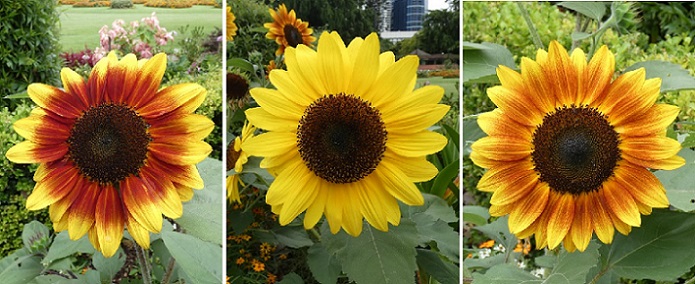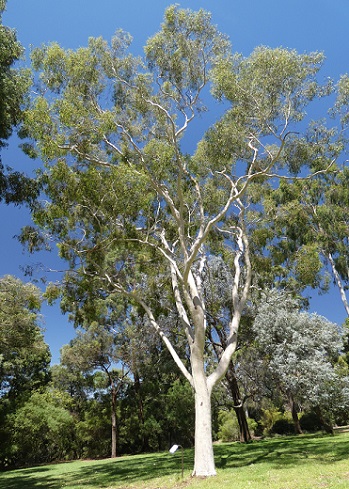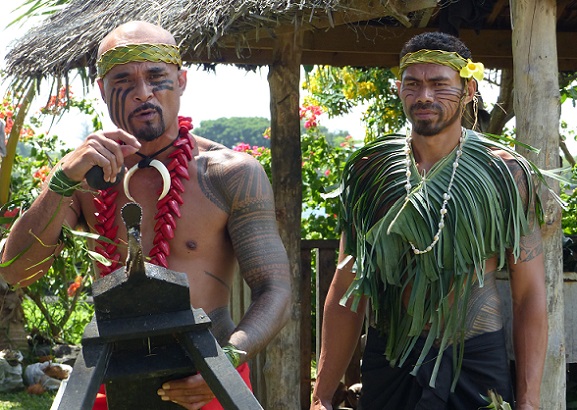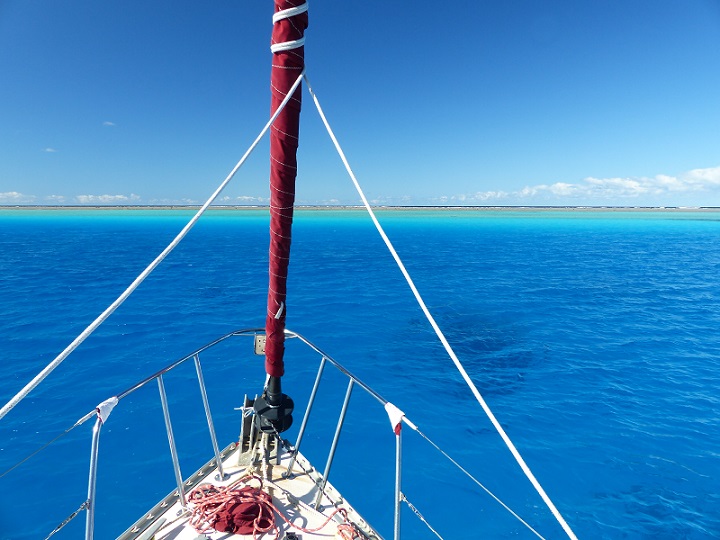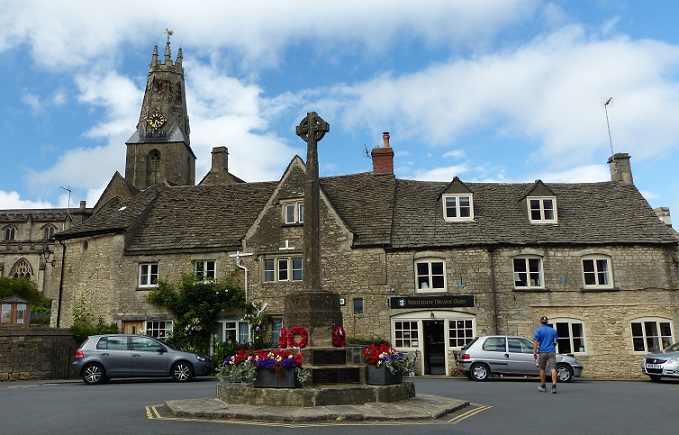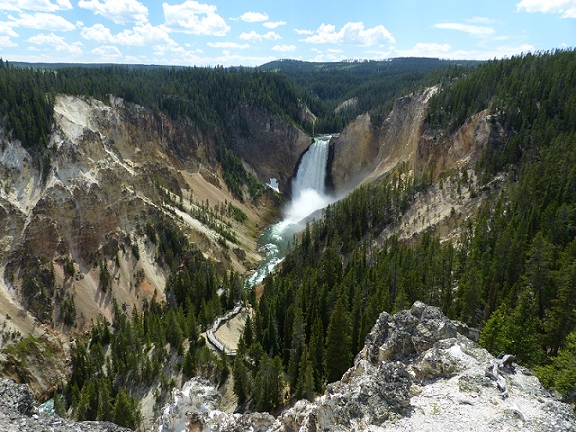
Tregoning
12 April 2024 | We are back aboard Tregoning in Mersin Marina, Mersin, Türkiye
02 April 2024 | We are in Toronto Airport, Canada: Tregoning is in Mersin Marina, Mersin, Türkiye
25 February 2024 | We are back in Gainesville, FL: Tregoning is in Mersin Marina, Mersin, Türkiye
18 February 2024 | We are in Glenwood, New Mexico: Tregoning is in Mersin Marina, Mersin, Türkiye
12 February 2024 | We are in Morro Bay, California: Tregoning is in Mersin Marina, Mersin, Türkiye
19 January 2024 | We are in Vancouver, BC Canada: Tregoning is in Mersin Marina, Mersin, Türkiye
01 January 2024 | We are in Washington State: Tregoning is in Mersin Marina, Mersin, Türkiye
15 December 2023 | We are in Minnesota: Tregoning is in Mersin Marina, Mersin, Türkiye
18 November 2023 | We are in Florida: Tregoning is in Mersin Marina, Mersin, Türkiye
29 October 2023 | We're in Florida - Tregoning is at B-dock, Mersin Marina, Mersin, Türkiye
21 October 2023 | 7 Oda Kapadokya Cave Hotel, Ürgüp, Türkiye
14 October 2023 | Hotel Aşikoğlu, Boğazkale, Türkiye
07 October 2023 | B-dock, Mersin Marina, Mersin, Türkiye
19 September 2023 | “Chez Jon & Angela”, Near Otterton, Devon, UK
14 September 2023 | Airbnb in Fortuneswell on the Isle of Portland, Dorset, UK
11 September 2023 | With Mike, Grange-over-Sands, Cumbria, UK
03 September 2023 | Ardington House, Ardington, Oxfordshire, UK
24 August 2023 | Near "Chez Joan and Peter", College of Roseisle, Moray, Scotland
11 August 2023 | Andrew's house (not exactly), Lichfield, UK
22 July 2023 | Chez Gail, near the New York Café, Budapest, Hungary
Much ado about a marina
05 October 2017 | Apia Marina, `Upolu Island, Samoa
Photo: Tregoning (center) in Apia Marina with town and Mount Vaea beyond, Lady Naomi ferry to right

Apia is the capital of Samoa (known as Western Samoa until Independence in 1962) and, with a population of around 37,500, is by far the biggest town in the country (the national population of Samoa is 196,440). However, the city with the world's largest population of Samoans is Auckland, New Zealand, with an estimated 96,000 people of Samoan ethnic descent, of which more than one-third were born in Samoa.
In addition to having a fairly protected anchorage, there is a small marina just on the east side of the container-port and commercial docks. There are a few other anchorages scattered around the main islands of ´Upolu and Savai´i but these are either not well-protected from wind and waves or are outside the reef so it is difficult to get ashore from them. It is also necessary to check-in at Apia before and after going to these anchorages, so visiting them will require some upwind passages. Thus, we had decided to treat ourselves to using the marina and getting around the islands by road and ferry. This decision was made easier by knowing that we had not spent much money during our long stay in Tonga with only a few nights on moorings and one extravagant meal out (for my birthday).
There are always pros and cons to using marinas:
PROS:
Not having to worry about how well the anchor is holding, especially when winds increase.
Can leave the boat overnight without worrying about how well the anchor is holding.
The water is sheltered so there are no waves to lap against the hull or rock the boat.
Easy access to shore for walking, running, Tai Chi, lugging groceries and fuel, etc.
Usually, there is access to toilets and showers...enough said.
A water supply so can do extra washing, cleaning, etc. (such work could be regarded as a con).
If using shore-power (we decided to do this using a battery charger) we can charge computers, etc., and play music whenever we want, not just when the sun shines or the wind blows.
CONS:
They cost money.
The boat does not swing with the wind so ventilation through hatches (which open facing forward) is not as good unless the wind happens to be on the nose.
Lack of privacy if there are many other live-aboard-boaters around or if the public can walk on the docks.
Views are rarely as good as at anchor.

Rainbow over Apia Harbour seen from near the marina
The marina in Apia had some specific pros and cons of its own:
PROS:
As mentioned above, a good place to leave the boat unattended while touring Samoa.
Relatively cheap shore-power (5T or US$2 per day if not running an air-conditioner) so could run many fans without concern about draining the battery - essential as very hot.
Located within easy walking distance (or cheap taxi ride) of downtown Apia.
A range of restaurants and bars within stumbling distance.
A restaurant, Siva Afi, offering traditional Samoan food and a fire-dance show once a week across the street.
A laundromat-service (not self-service) within a 5-minute walk.
A reasonably stocked supermarket within a 10-minute walk.
A reasonable snorkeling area and a beach within a 5-minute walk.
Good Digicel cellphone/data coverage.
CONS:
Although not exorbitant, the marina obviously cost money. For example, for our 42-foot boat (12.6 m) 50 tala per night, 332 tala per week, 1,200 tala per month (in US$, $20 per day, $131 per week, $475 per month).
Parts of the marina are very shallow (less than 2 m or 6 feet at low tide) so deep-drafted boats either cannot enter or must be very cautious (we got a bay-side slip and had no problems).
The slips are only big enough for boats up to about 45 feet (14 m).
Surprisingly vigorous surge at times. Even if tight-enough lines can hold the boat fairly steady, these often creak.
The once-a-week ferry to Pago Pago (American Samoa), Lady Naomi, is docked next door and this ship makes occasional groans and rumbles with the surge as the bow-loading-ramp is usually left down and rides back and forth on the concrete dock.
No gate and little visible security so anyone can wander on the docks (but to be fair, it seems pretty safe).
Bathroom with a single toilet, bring-your-own-toilet-paper, broken mirror, and one cold shower (hot water not so important in the tropics) but no hangers or flat-surfaces on which to put clothes.
Three-minute walk through the outside bar areas of three restaurants and a fishing-club to get to the bathroom.
Music and other noises from restaurants and bars most nights (actually this did not bother us).
Daytime pounding of foundation-posts at the nearby extension of the commercial dock.
No staff regularly at the marina so you are coping on your own (some might regard this as a pro).
There was one other potential reason to hesitate before entering this marina, however. There was a story on the internet of some people having a very bad experience with the manager, resulting in Consulate Services having to intervene. It was alleged that the manager lost his temper while insisting that boats must use the marina rather than anchoring in the bay, and charging arbitrary and exorbitant prices for dinghy access. Our experience, thus far, has been difficulty in finding any marina staff but friendliness when we did.
Of course, when we chatted with the manager about this story, he had another perspective which seemed just as credible. Based on our experience, it is a shame if any cruisers are put off visiting Samoa because of negative impressions from that story. The marina is visited by about 50 cruising boats a year and would benefit from the income provided by more. While Samoa is a beautiful country and, in our opinion, well worth a visit, many cruisers nearing the end of their Puddle-Jump are focused on the passage to New Zealand and either go to Tonga or Niue rather than detour north to Samoa. It is a pity.

The marina had a long list of rules for users and visitors but this sign could only be read from the dock and with binoculars!
Unable to raise anyone in the marina on the VHF radio, the Port Control Officer told us to just go into any empty slip and wait for the officers to arrive for our international check-in. There were three German cruising boats in the marina and a few local boats and with help from one German couple we were managed to secure Tregoning in a slip. There was no sign of any marina staff but the Health Officer (whose visit allowed us to lower our quarantine flag) was soon followed by a cheerful customs officer. She advised us where to go in town to check-in with the Immigration Office and she took me around the corner to find a Quarantine Officer (agricultural product quarantine not health).
Somehow we got the idea that the marina manager had been alerted to our presence and that he would request immigration officers to visit Tregoning so we stayed with the boat until it was obvious that no one was coming that day. We made the 15-minute walk around the waterfront to the Immigration Office the next morning. They wondered why we did not appear the previous day but seemed relatively unconcerned and gave us 60-day visas.

Clock-tower near the waterfront in Apia - a World War I memorial
We then got a cellphone SIM-card, stopped at the Visitor Information Office, explored the cheap lunch options by the bus depot (Randall had good fish and chips, I had a "chicken pie" - a sort-of large deep-fried dumpling), and finally got a few groceries from the large main market and an adjacent supermarket.
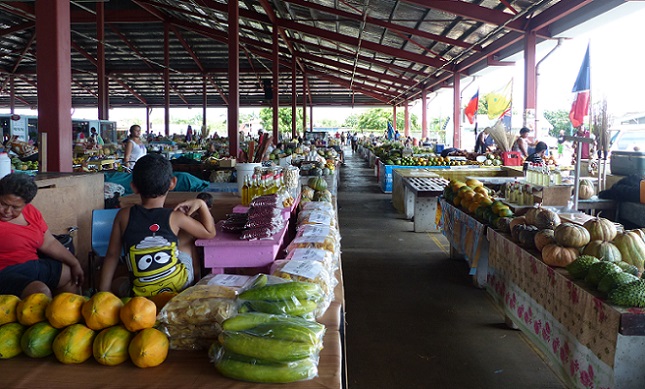
The huge market for fresh fruit and vegetables in Apia
After a cheap taxi-ride back to the marina (5 tala or US$2), we found that we had been joined in the marina by SVs Armagh and Pied-a-Mer III, with crews that we had met in French Polynesia and New Zealand. They had just arrived from Vava'u and were ultimately heading to Hawai´i, the US mainland, and then Mexico. Their arrival had coincided with the appearance of the marina manager, Trevor, so I was pleased to check-in with him. He was very friendly and glad to see us but being the only certified commercial diver on the island, apparently spends little time at the marina. Hopefully, we will be able to get hold of him in a timely manner when we finally decide to leave.
The marina is not very old but after sustaining severe damage to the outer dock during the category 4 Cyclone Evan in 2012, half of the slips were dismantled. There are now only 24 slips on both sides of the dock that was closest to The Edge complex of restaurants and bars, while all that remains of the other dock are three rows of posts. There are a couple of commercial sport-fishing boats and just a few other local boats in the marina but there were still quite a few empty slips, especially once the German cruising boats departed. I suspect that the marina may be busier with cruising boats between July and September.

Some of the well-shaded facilities at the Palolo Deep Marine Reserve
The following day, after completing various boat-chores early while it was still relatively cool, we walked around the corner to the Palolo Deep Marine Reserve. For the bargain price of 5 tala each (US$4 for both) we had access to various benches and tables in the shade of some huge fig trees, we could use the toilets, changing-rooms, and freshwater shower, and we could snorkel out to an isolated, relatively deep-water area (about 10 m or 33 feet deep) filled with hard-corals and fish. The swim from the shore is about 100 m (110 yards) over a rubble- and algae-covered bottom which it probably too shallow for swimming, a few hours around low-tide.

An abundance of small formations of hard-corals at the Palolo Deep Marine Reserve
A stiff breeze had been blowing over the reef for a few hours by the time we arrived so the water was rather stirred-up and a bit milky. It was still a very worthwhile expedition with a good view of an oriental sweetlips and our first sighting of an Indian goatfish. While it is easily possible to snorkel to the deep-water from the neighboring beach and, thus, avoid paying the entrance fee, we liked to support the local business and the shower and shade were much appreciated.
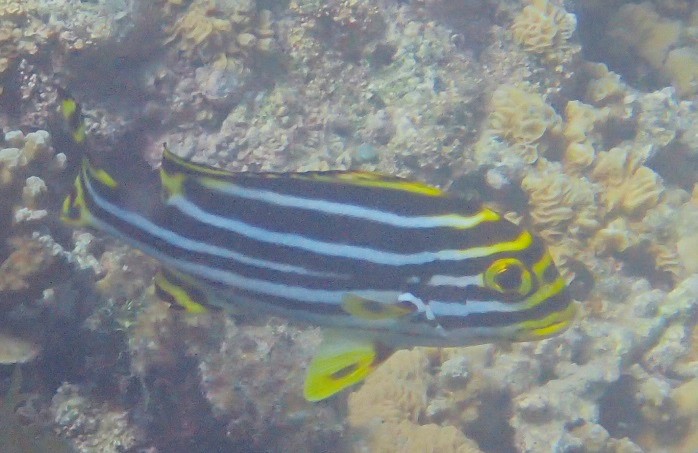
An oriental sweetlips
To finish this marina-focused post, I must make a shout-out to an incredible marina in Puerto Rico, Puerto del Rey. Despite being side-swiped by Hurricane Irma and then just days later taking a direct hit from the category 5 Hurricane Maria, remarkably few boats either in the water or in the yard were seriously damaged. We were paying particular attention to this because that was where my school-friend Clare and husband Andy had left their boat, Tintamarre, on the hard at the end of their first cruising season. They will learn more when they return to Puerto Rico soon, but the report from marina staff is that other than some tangled halyards, Tintamarre was stable on her stands and does not appear to have suffered any significant damage. What a relief! While we still feel great sorrow for the losses suffered by many others during those terrible storms, we are really, really happy for Clare and Andy, and long may their cruising good-fortunes last.
In addition to having a fairly protected anchorage, there is a small marina just on the east side of the container-port and commercial docks. There are a few other anchorages scattered around the main islands of ´Upolu and Savai´i but these are either not well-protected from wind and waves or are outside the reef so it is difficult to get ashore from them. It is also necessary to check-in at Apia before and after going to these anchorages, so visiting them will require some upwind passages. Thus, we had decided to treat ourselves to using the marina and getting around the islands by road and ferry. This decision was made easier by knowing that we had not spent much money during our long stay in Tonga with only a few nights on moorings and one extravagant meal out (for my birthday).
There are always pros and cons to using marinas:
PROS:
Not having to worry about how well the anchor is holding, especially when winds increase.
Can leave the boat overnight without worrying about how well the anchor is holding.
The water is sheltered so there are no waves to lap against the hull or rock the boat.
Easy access to shore for walking, running, Tai Chi, lugging groceries and fuel, etc.
Usually, there is access to toilets and showers...enough said.
A water supply so can do extra washing, cleaning, etc. (such work could be regarded as a con).
If using shore-power (we decided to do this using a battery charger) we can charge computers, etc., and play music whenever we want, not just when the sun shines or the wind blows.
CONS:
They cost money.
The boat does not swing with the wind so ventilation through hatches (which open facing forward) is not as good unless the wind happens to be on the nose.
Lack of privacy if there are many other live-aboard-boaters around or if the public can walk on the docks.
Views are rarely as good as at anchor.

Rainbow over Apia Harbour seen from near the marina
The marina in Apia had some specific pros and cons of its own:
PROS:
As mentioned above, a good place to leave the boat unattended while touring Samoa.
Relatively cheap shore-power (5T or US$2 per day if not running an air-conditioner) so could run many fans without concern about draining the battery - essential as very hot.
Located within easy walking distance (or cheap taxi ride) of downtown Apia.
A range of restaurants and bars within stumbling distance.
A restaurant, Siva Afi, offering traditional Samoan food and a fire-dance show once a week across the street.
A laundromat-service (not self-service) within a 5-minute walk.
A reasonably stocked supermarket within a 10-minute walk.
A reasonable snorkeling area and a beach within a 5-minute walk.
Good Digicel cellphone/data coverage.
CONS:
Although not exorbitant, the marina obviously cost money. For example, for our 42-foot boat (12.6 m) 50 tala per night, 332 tala per week, 1,200 tala per month (in US$, $20 per day, $131 per week, $475 per month).
Parts of the marina are very shallow (less than 2 m or 6 feet at low tide) so deep-drafted boats either cannot enter or must be very cautious (we got a bay-side slip and had no problems).
The slips are only big enough for boats up to about 45 feet (14 m).
Surprisingly vigorous surge at times. Even if tight-enough lines can hold the boat fairly steady, these often creak.
The once-a-week ferry to Pago Pago (American Samoa), Lady Naomi, is docked next door and this ship makes occasional groans and rumbles with the surge as the bow-loading-ramp is usually left down and rides back and forth on the concrete dock.
No gate and little visible security so anyone can wander on the docks (but to be fair, it seems pretty safe).
Bathroom with a single toilet, bring-your-own-toilet-paper, broken mirror, and one cold shower (hot water not so important in the tropics) but no hangers or flat-surfaces on which to put clothes.
Three-minute walk through the outside bar areas of three restaurants and a fishing-club to get to the bathroom.
Music and other noises from restaurants and bars most nights (actually this did not bother us).
Daytime pounding of foundation-posts at the nearby extension of the commercial dock.
No staff regularly at the marina so you are coping on your own (some might regard this as a pro).
There was one other potential reason to hesitate before entering this marina, however. There was a story on the internet of some people having a very bad experience with the manager, resulting in Consulate Services having to intervene. It was alleged that the manager lost his temper while insisting that boats must use the marina rather than anchoring in the bay, and charging arbitrary and exorbitant prices for dinghy access. Our experience, thus far, has been difficulty in finding any marina staff but friendliness when we did.
Of course, when we chatted with the manager about this story, he had another perspective which seemed just as credible. Based on our experience, it is a shame if any cruisers are put off visiting Samoa because of negative impressions from that story. The marina is visited by about 50 cruising boats a year and would benefit from the income provided by more. While Samoa is a beautiful country and, in our opinion, well worth a visit, many cruisers nearing the end of their Puddle-Jump are focused on the passage to New Zealand and either go to Tonga or Niue rather than detour north to Samoa. It is a pity.

The marina had a long list of rules for users and visitors but this sign could only be read from the dock and with binoculars!
Unable to raise anyone in the marina on the VHF radio, the Port Control Officer told us to just go into any empty slip and wait for the officers to arrive for our international check-in. There were three German cruising boats in the marina and a few local boats and with help from one German couple we were managed to secure Tregoning in a slip. There was no sign of any marina staff but the Health Officer (whose visit allowed us to lower our quarantine flag) was soon followed by a cheerful customs officer. She advised us where to go in town to check-in with the Immigration Office and she took me around the corner to find a Quarantine Officer (agricultural product quarantine not health).
Somehow we got the idea that the marina manager had been alerted to our presence and that he would request immigration officers to visit Tregoning so we stayed with the boat until it was obvious that no one was coming that day. We made the 15-minute walk around the waterfront to the Immigration Office the next morning. They wondered why we did not appear the previous day but seemed relatively unconcerned and gave us 60-day visas.

Clock-tower near the waterfront in Apia - a World War I memorial
We then got a cellphone SIM-card, stopped at the Visitor Information Office, explored the cheap lunch options by the bus depot (Randall had good fish and chips, I had a "chicken pie" - a sort-of large deep-fried dumpling), and finally got a few groceries from the large main market and an adjacent supermarket.

The huge market for fresh fruit and vegetables in Apia
After a cheap taxi-ride back to the marina (5 tala or US$2), we found that we had been joined in the marina by SVs Armagh and Pied-a-Mer III, with crews that we had met in French Polynesia and New Zealand. They had just arrived from Vava'u and were ultimately heading to Hawai´i, the US mainland, and then Mexico. Their arrival had coincided with the appearance of the marina manager, Trevor, so I was pleased to check-in with him. He was very friendly and glad to see us but being the only certified commercial diver on the island, apparently spends little time at the marina. Hopefully, we will be able to get hold of him in a timely manner when we finally decide to leave.
The marina is not very old but after sustaining severe damage to the outer dock during the category 4 Cyclone Evan in 2012, half of the slips were dismantled. There are now only 24 slips on both sides of the dock that was closest to The Edge complex of restaurants and bars, while all that remains of the other dock are three rows of posts. There are a couple of commercial sport-fishing boats and just a few other local boats in the marina but there were still quite a few empty slips, especially once the German cruising boats departed. I suspect that the marina may be busier with cruising boats between July and September.

Some of the well-shaded facilities at the Palolo Deep Marine Reserve
The following day, after completing various boat-chores early while it was still relatively cool, we walked around the corner to the Palolo Deep Marine Reserve. For the bargain price of 5 tala each (US$4 for both) we had access to various benches and tables in the shade of some huge fig trees, we could use the toilets, changing-rooms, and freshwater shower, and we could snorkel out to an isolated, relatively deep-water area (about 10 m or 33 feet deep) filled with hard-corals and fish. The swim from the shore is about 100 m (110 yards) over a rubble- and algae-covered bottom which it probably too shallow for swimming, a few hours around low-tide.

An abundance of small formations of hard-corals at the Palolo Deep Marine Reserve
A stiff breeze had been blowing over the reef for a few hours by the time we arrived so the water was rather stirred-up and a bit milky. It was still a very worthwhile expedition with a good view of an oriental sweetlips and our first sighting of an Indian goatfish. While it is easily possible to snorkel to the deep-water from the neighboring beach and, thus, avoid paying the entrance fee, we liked to support the local business and the shower and shade were much appreciated.

An oriental sweetlips
To finish this marina-focused post, I must make a shout-out to an incredible marina in Puerto Rico, Puerto del Rey. Despite being side-swiped by Hurricane Irma and then just days later taking a direct hit from the category 5 Hurricane Maria, remarkably few boats either in the water or in the yard were seriously damaged. We were paying particular attention to this because that was where my school-friend Clare and husband Andy had left their boat, Tintamarre, on the hard at the end of their first cruising season. They will learn more when they return to Puerto Rico soon, but the report from marina staff is that other than some tangled halyards, Tintamarre was stable on her stands and does not appear to have suffered any significant damage. What a relief! While we still feel great sorrow for the losses suffered by many others during those terrible storms, we are really, really happy for Clare and Andy, and long may their cruising good-fortunes last.
Comments
| Vessel Name: | Tregoning |
| Vessel Make/Model: | Morgan Classic 41 |
| Hailing Port: | Gainesville, FL |
| Crew: | Alison and Randall |
| About: | We cast-off from Fernandina Beach in north Florida on 1st June 2008 and we have been cruising on Tregoning ever since. Before buying Tregoning, both of us had been sailing on smaller boats for many years and had worked around boats and water throughout our careers. |
| Extra: | “Tregoning” (rhymes with “belonging”) and is a Cornish word (meaning “homestead of Cohnan” or “farm by the ash trees”) and was Alison's mother’s middle name. Cornwall is in southwest England and is where Alison grew-up. |
Tregoning's Photos - Main
 |
Extra photographs from our three-week campervan tour of the South Island from November 15th to December 5th 2015
217 Photos
Created 4 January 2016
|
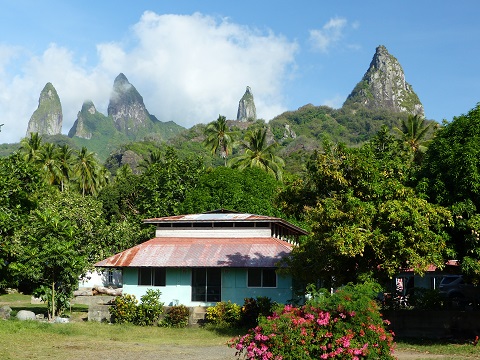 |
Random pictures from our month spent on the islands of Hiva Oa, Tahuata, Ua Pou, and Nuku Hiva
45 Photos
Created 18 July 2015
|
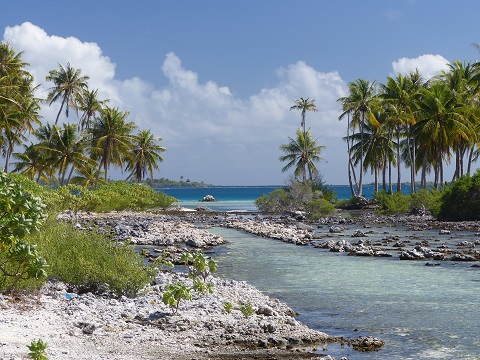 |
Random pictures from our month spent in 4 Tuamotu Atolls; Ahe, Fakarava, Tahanea, and Toau
32 Photos
Created 1 July 2015
|
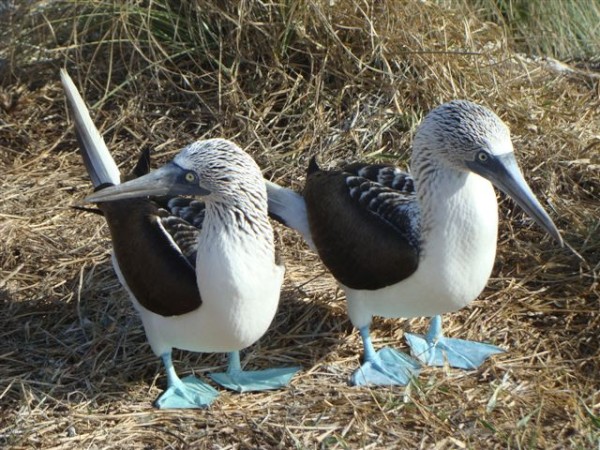 |
Some of the birds, fish, reptiles, and mammals (and others) that we have seen in Mexico
74 Photos
Created 5 May 2014
|
Tregoning

Who: Alison and Randall
Port: Gainesville, FL
